Exploring the remarkable world of wild cats, the largest bobcat ever spotted in U.S. woods stands as a captivating story of nature’s grandeur. Bobcats, known for their elusive and majestic presence in the wild, have long intrigued scientists and nature enthusiasts alike. Through this article, we delve into the fascinating life of these remarkable creatures, shedding light on their size, habitat, behavior, and conservation status.
The Bobcat Is An American Icon

The bobcat (Lynx rufus) is a species of wild cat native to North America. Its adaptability and resourcefulness have made it one of the most successful wild feline species in the U.S. With tufted ears, a distinctive spotted coat, and a short “bobbed” tail, it has become a symbol of the American wilderness. Understanding more about this iconic predator enriches our appreciation for the natural world it inhabits.
The Record-Breaking Sight
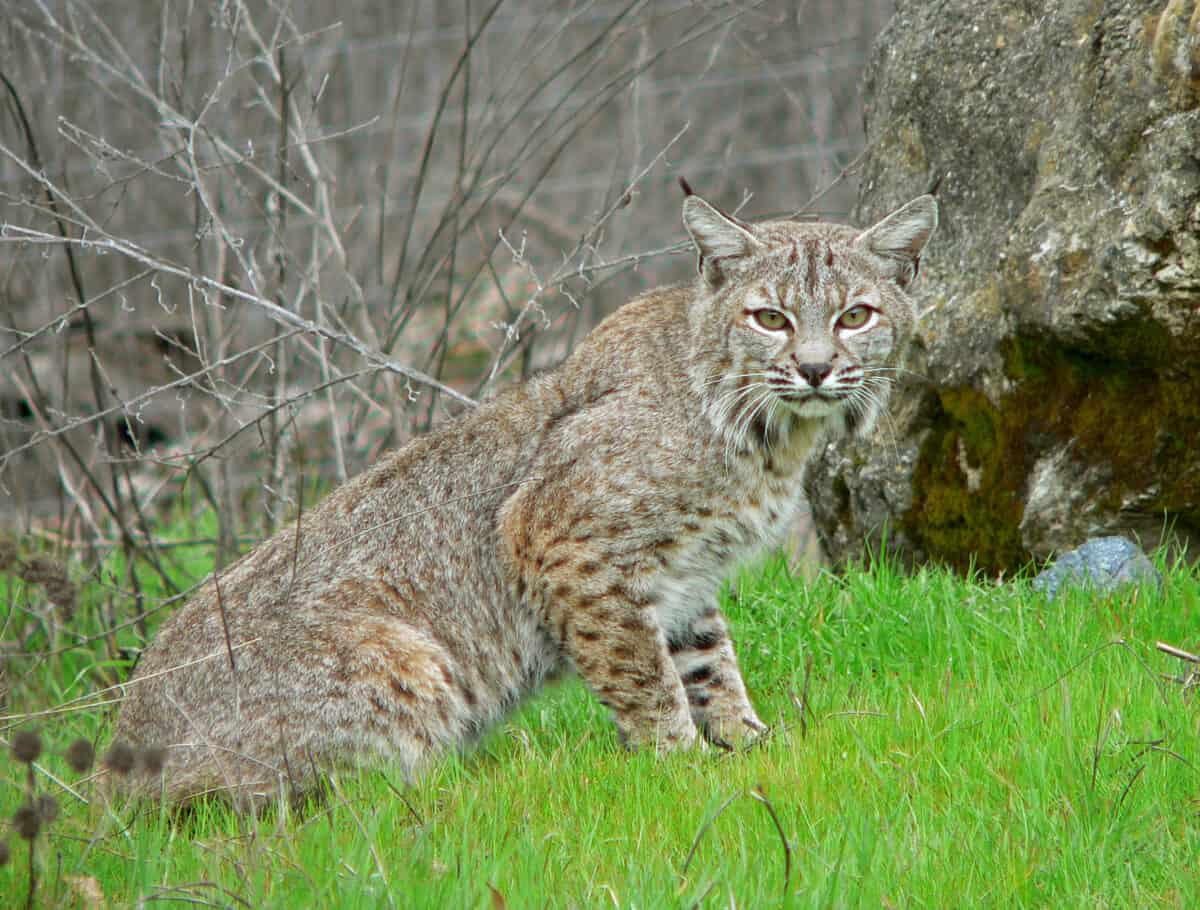
In an unprecedented event, the largest bobcat ever recorded was recently spotted in the dense woodlands of the United States, capturing the attention of wildlife biologists and enthusiasts. This exceptional specimen weighed in at an astounding 52 pounds, which is significantly larger than the average weight range of 15 to 35 pounds typical for bobcats. Its sighting contributes to an ongoing investigation into the factors that influence such unusual growth.
Physical Characteristics of Bobcats
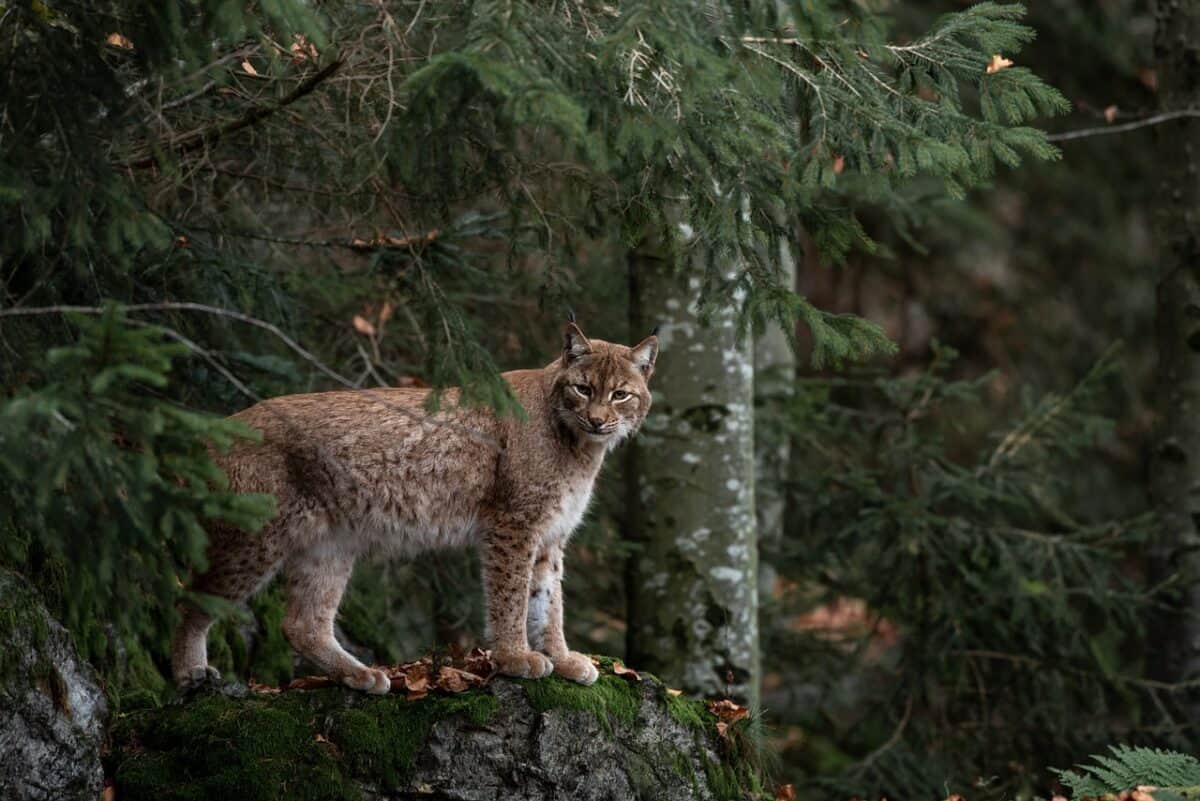
Bobcats are medium-sized cats characterized by their robust, muscular build. They possess powerful limbs, aiding in agility and endurance. The males are generally larger than females, and their coat color ranges from reddish to grayish-brown, marked with black spots and bars. This natural camouflage allows them to blend seamlessly into their environment.
The Habitat Preferences
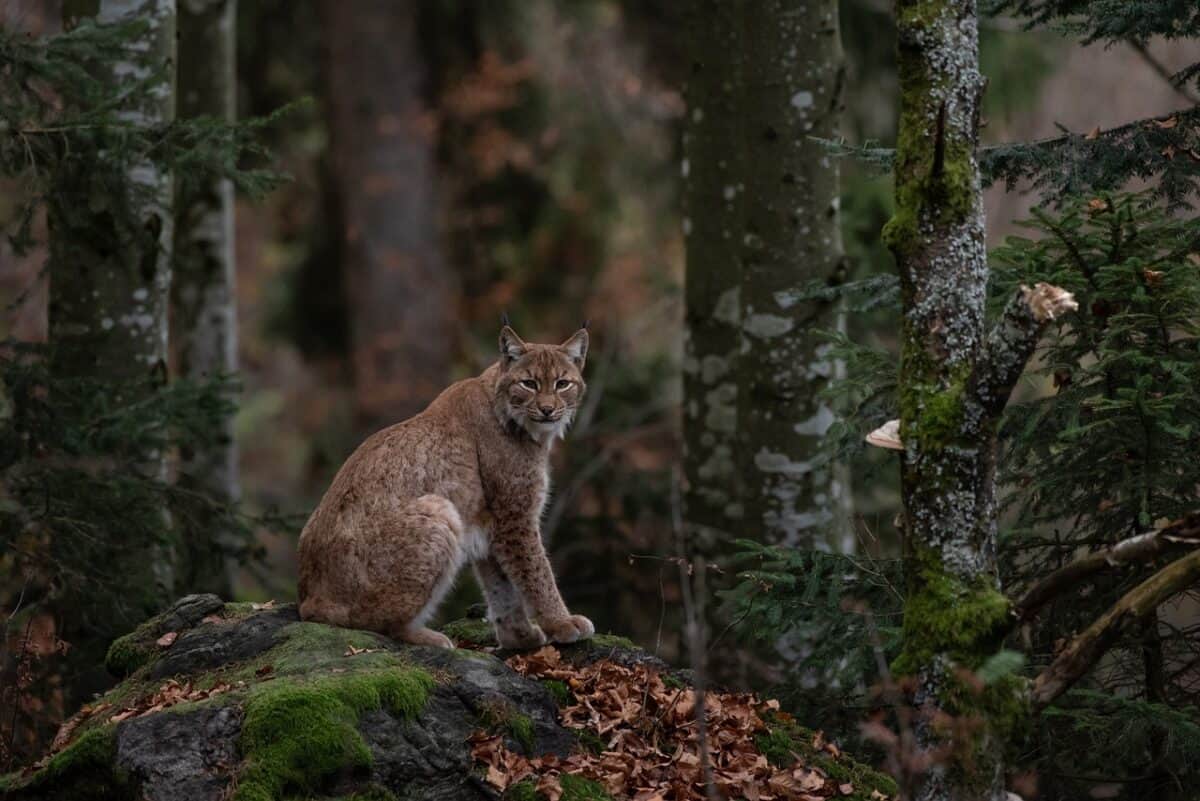
Bobcats are highly adaptable animals that thrive in a variety of habitats including woodlands, swamps, deserts, and even suburban areas. The preferred habitats offer dense cover for hunting and raising cubs. Their remarkable adaptability is a key survival trait enabling them to live across a vast geographical range.
Understanding Bobcat Behavior
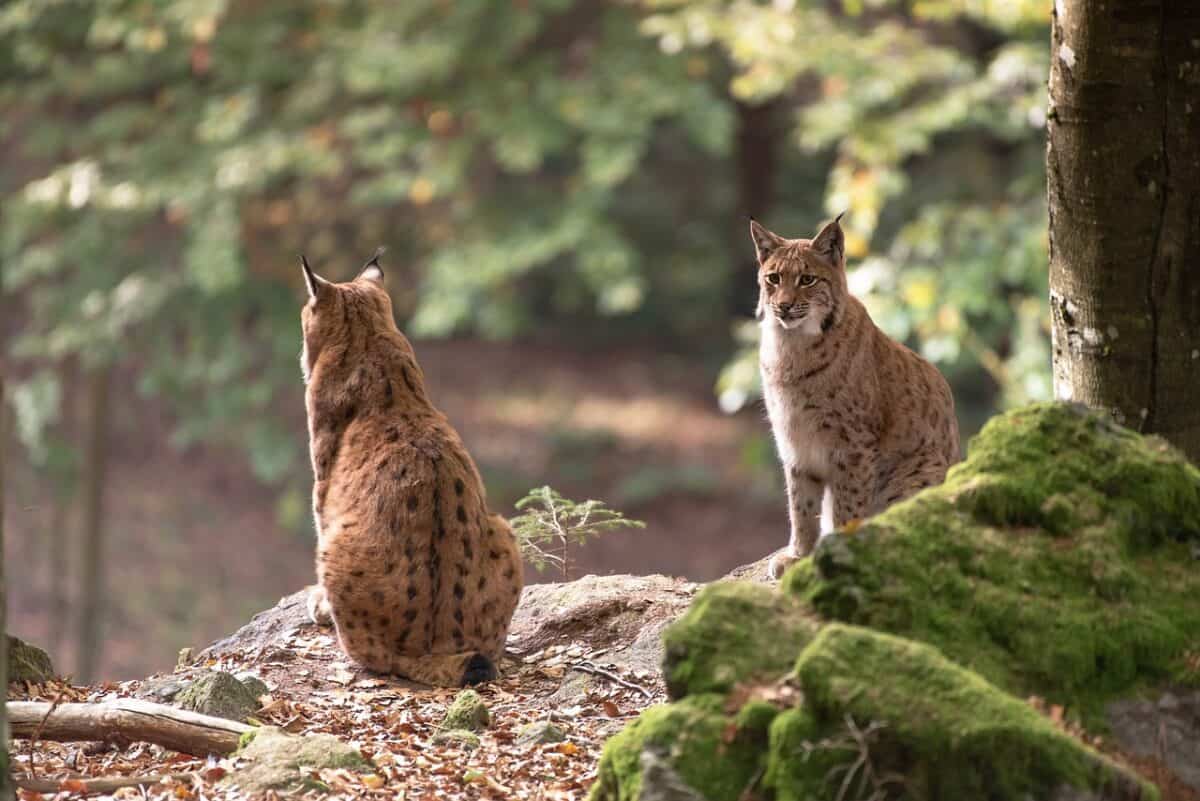
Bobcats are solitary and territorial animals. They are primarily nocturnal hunters, with a diet consisting mainly of rabbits, hares, rodents, and birds. These agile predators are known for their stealth and patience when stalking prey, capable of taking down animals much larger than themselves when necessary.
The Mystery of Bobcat Size Variations
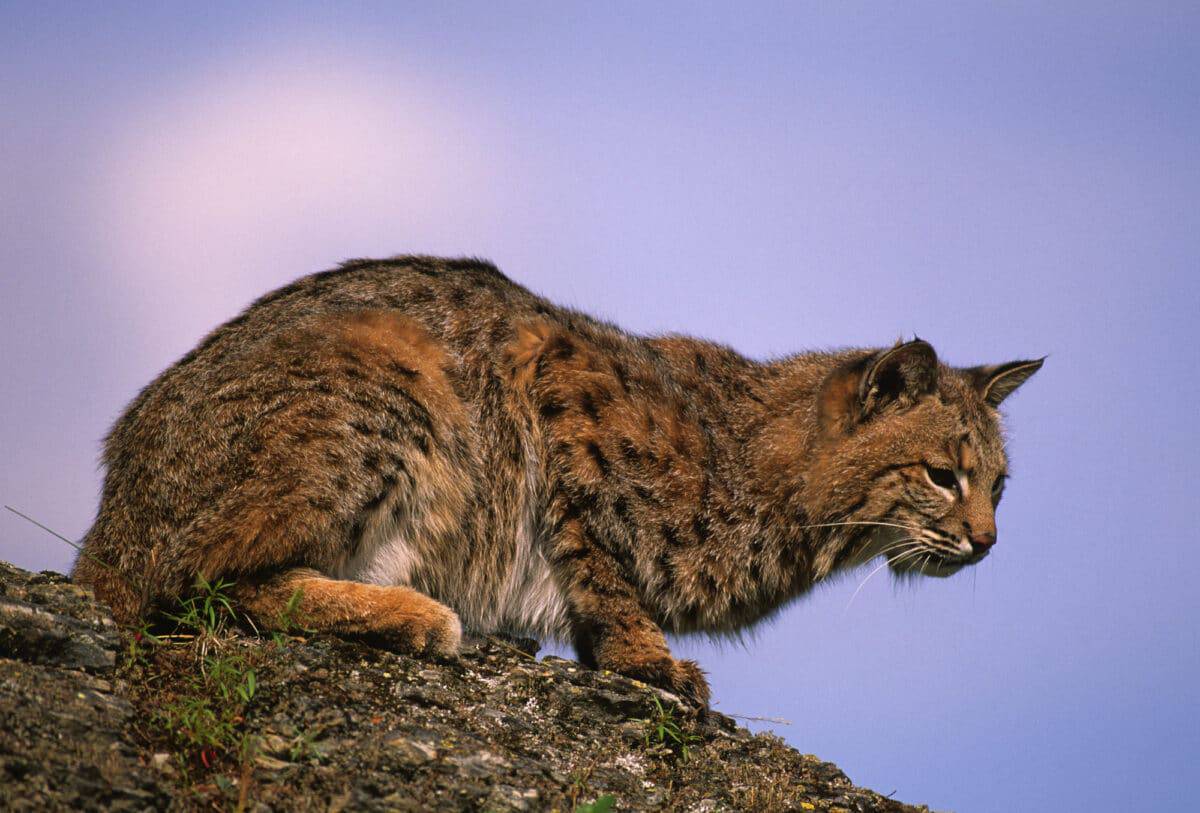
The reasons for the size variation among bobcats in different areas can be attributed to several factors, including genetics, availability of prey, climate, and environmental conditions. Understanding these factors can provide insights into how some individuals, like the record-breaking bobcat, achieve such extraordinary sizes.
The Role of Genetics
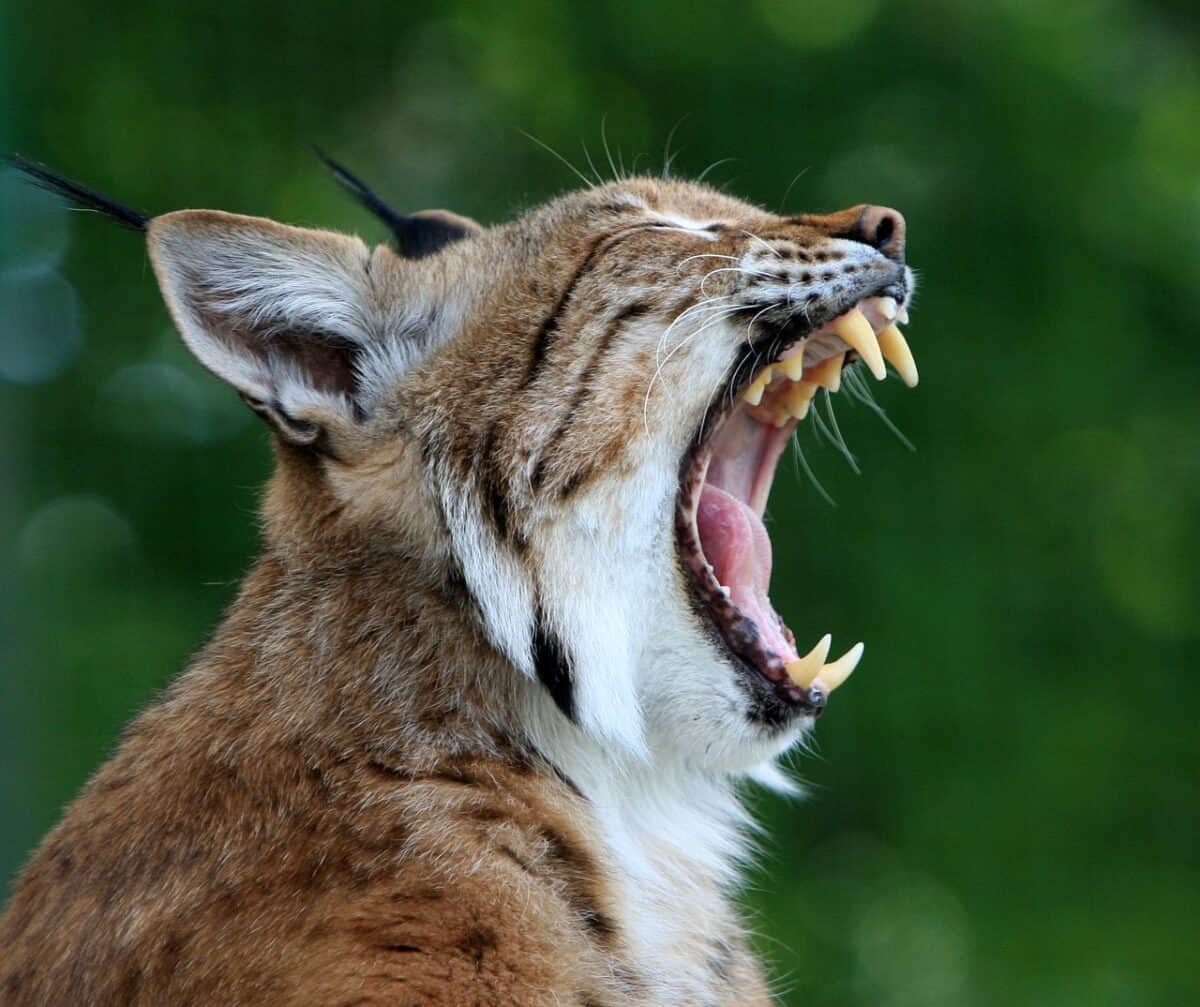
Genetics play a significant role in determining the physical characteristics of bobcats, including their size. Certain genetic variations might promote larger body sizes either due to advantageous traits for survival in specific environments or as an evolutionary response to ecological pressures.
The Impact of Diet and Prey Availability

The availability of nutritious prey has a direct impact on the size of bobcats. Regions with abundant and diverse prey populations enable bobcats to grow larger due to better nutritional intake, which supports greater growth and reproduction success.
Climate and Environmental Influences

Climatic conditions and environmental changes also play crucial roles in the development of extraordinary bobcat sizes. Specifically, colder climates tend to support larger body masses in mammalian species as a form of adaptation for conserving heat.
Bobcat Conservation Efforts
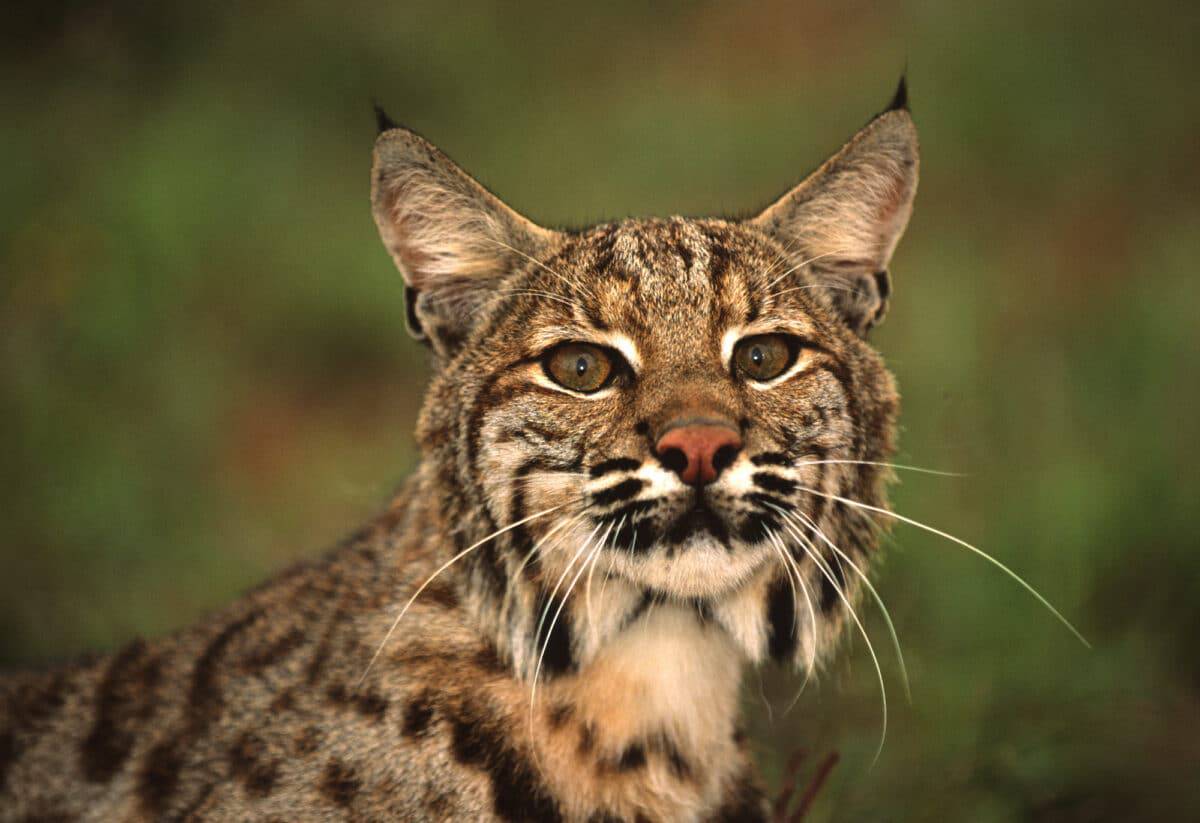
Despite their adaptability, bobcats face several threats including habitat loss, vehicle collisions, and illegal hunting. Conservation efforts focus on habitat protection, legal regulations, and public awareness to ensure sustainable populations of this vital predator in the ecosystem.
The Importance of Bobcats in Ecosystems
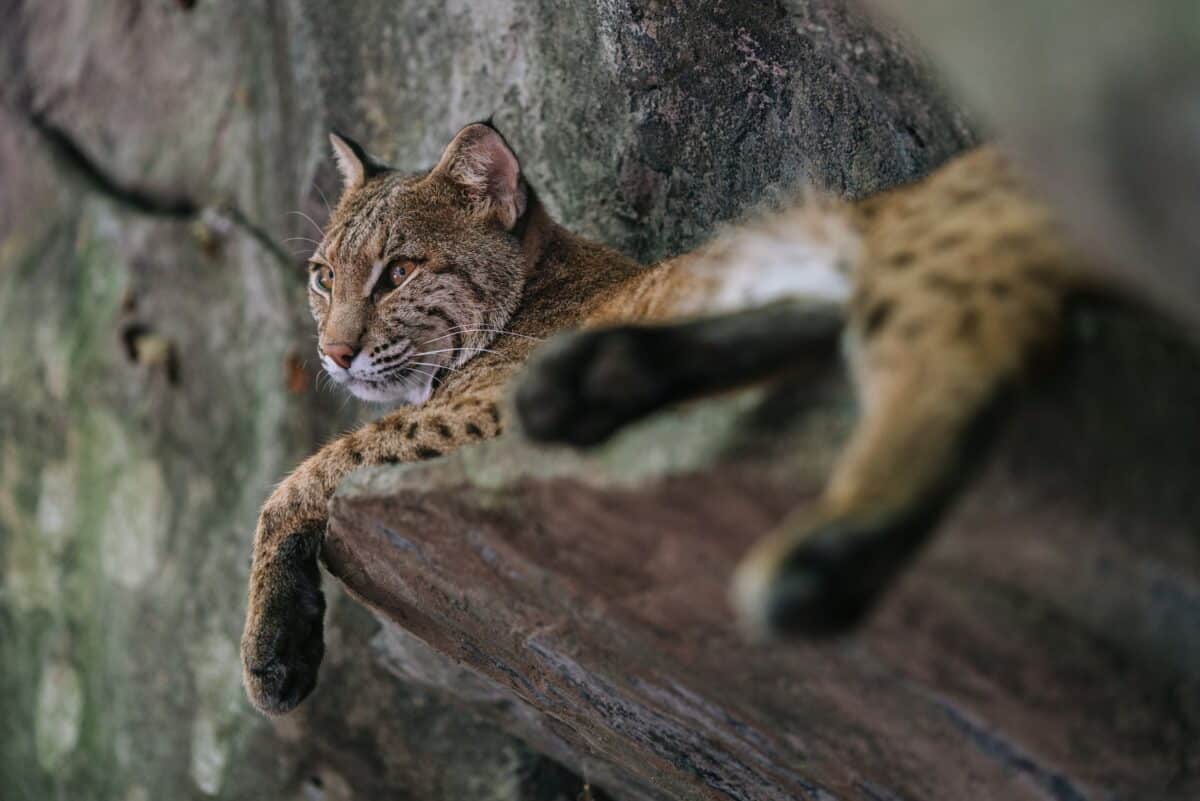
As apex and mesopredators, bobcats play a vital role in controlling prey populations, which in turn supports ecological balance. Their presence indicates healthy ecosystem conditions, as they help regulate the populations of smaller mammals.
Conclusion
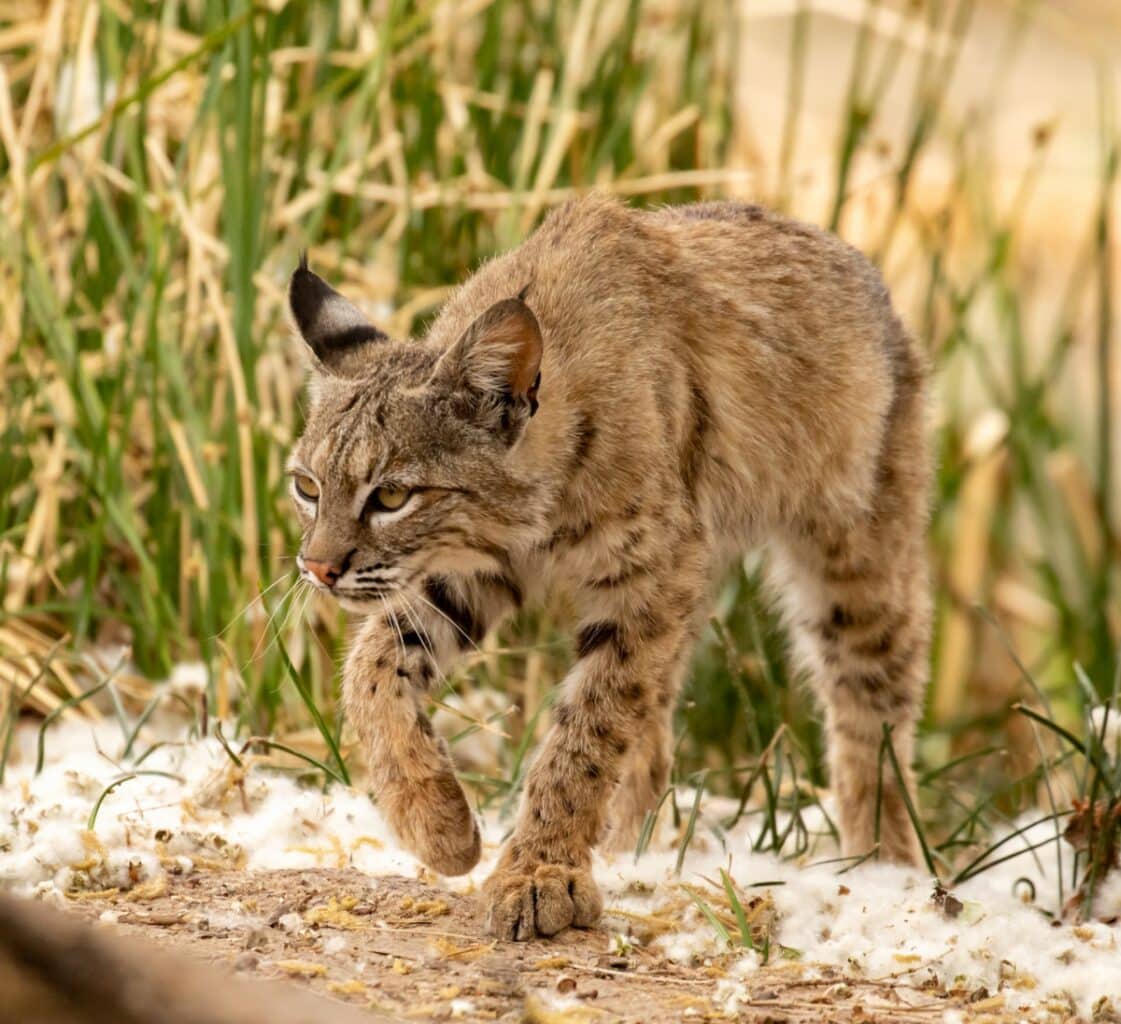
The sighting of the largest bobcat in U.S. woods serves as a powerful reminder of nature’s mysteries and the importance of conserving wildlife. By learning and sharing knowledge about these magnificent creatures, we can foster a deeper connection with the natural world and work towards preserving it for generations to come.
- The Most Venomous Snake in North America—And Where It Lives - August 23, 2025
- The Smartest Animal on the Planet Isn’t What You Think - August 23, 2025
- Why Some US National Parks Are More Dangerous Than You Think - August 23, 2025

